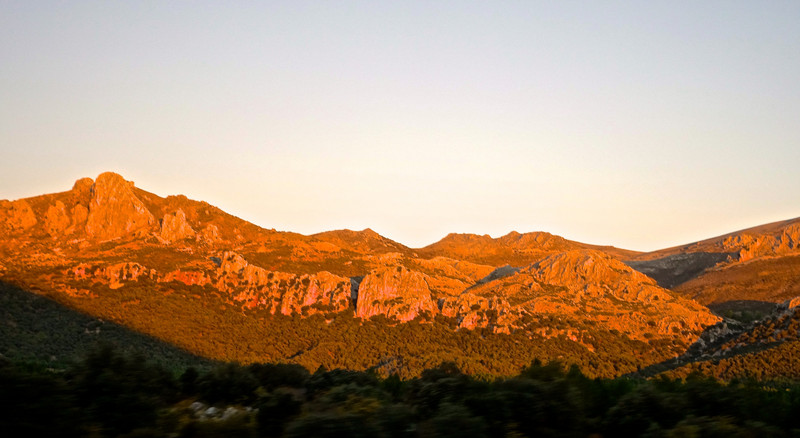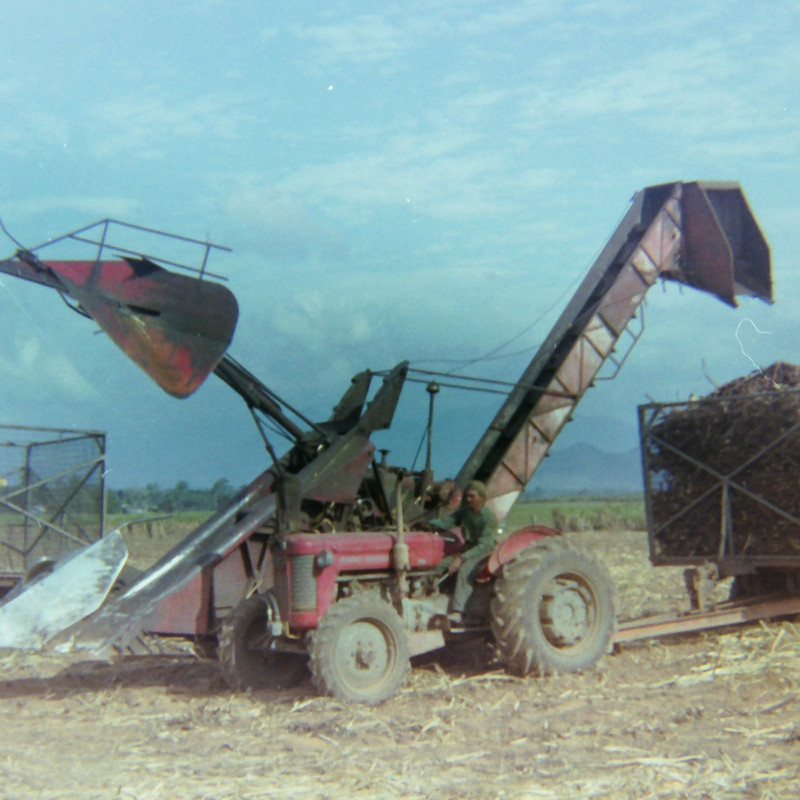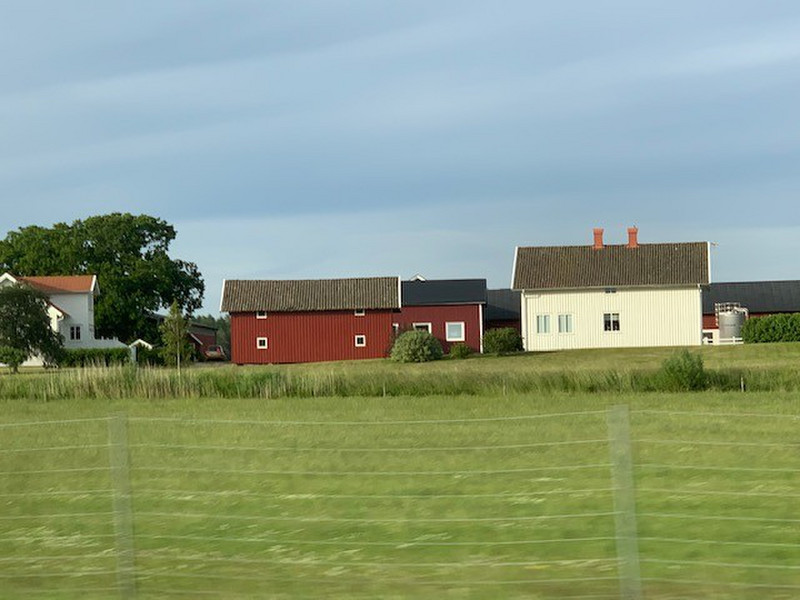By 8am we had boarded the bus and were off to Valencia traveling North East on the Autovia Vera announced that there would be two stops on this long journey from Granada through the region of Murcia to Alicante and finally Valencia. Adding beauty and interest to our drive, we passed through the spectacular mountainous region of Granada province with their famous cave houses (you can stay in a cave hotel or eat in a cave restaurant) and Parque Nacional de Sierra Nevada. The cave dwellings were quite close to the highway so I was able to get a closer view of awnings, windows and clothes drying on lines, giving life to the unique homes here. It was fall and the poplar trees yellow autumn leaves against the brilliant blue sky and rocky sunlit crags were a pleasure to behold but frustrating for this photographer, making me a ‘drive by shooter. Also in the distance were the snow capped mountains of Sierra Nevada and the Pradollano ski resort, known locally as simply the Sierra Nevada. The climate here is quite varied, similar to California making this a popular destination in Spain.
about the nearby Alpujarras mountain range that is between Sierra Nevada Mountains and the tropical coast. Some Arabs escaped to this remote region in the 1500s bringing with them their culture and crafts. Reading more about this area with its climate, mountain goats that roam the high elevation and startling Moorish white washed homes with its mix of cultures sounds like an area I would love to go back to visit. International hippies, writers, and artists are drawn here. Musician Phil Collins spent time here to write his story about the daily life of bartering for goods while restoring his house. Improvements in internet connections means increasing opportunities for digital nomads who want this lifestyle without living in a big city. Im all about it!
Suddenly two hot air balloons came into view and I tried to imagine myself on a peaceful journey over the Spanish Sierra Nevada mountains instead of peering through the glass window of a bus. Not far from here is the natural park Geoparque Granada near the town of Guadix, which is where they sell the hot air balloon rides. A wind farm soon came into view on a bluff that was skirted with
Soon we were passing through the hot and dry region of Almeria. The nearby Tabernas Desert was a major location of Spanish Spaghetti Westerns that were filmed here in the 1950s. I noticed on this drive that the landscape on this southern route is far more beautiful and interesting than the drives south from Madrid to Seville, however I am sure that drive would have been greatly enhanced if in it had been in the spring when the sunflowers and cotton were in bloom.
As we entered the region of Baza a gentle fog had settled in the valley creating a lovely layer that framed the mountains of the Sierra Nevada. We saw marble being excavated from the mountains from an area that was sourced for the creation of the Bilbao Guggenheim museum.
By 10 am we passed into the more open landscape of the province of Murcia where, Vera told us, there had been a big earthquake 7 or 8 years ago that was bad enough to force people who lived in caves out of their homes. As we made our way East the more rural aspect began to look more populated. Lorca was
the next big town on our way. I was able to photograph some charming buildings and the sprawling Lorca Castle on the hillside in front of us.
The Murcia region, located in the fertile low lying huerta or orchard, is known as the garden of Europe due to warmer climate and fertile land but Vera tells us they are overproducing and using too many chemicals. The beautiful Mar Menor, Europes largest salt lake, is in Murcia but it too is contaminated with chemicals and over development. Large fish kills and ecological disasters are causing big problems for resorts and home investors.
Cartagena, a city we will visit in about a week, was visible from our vantage point.









